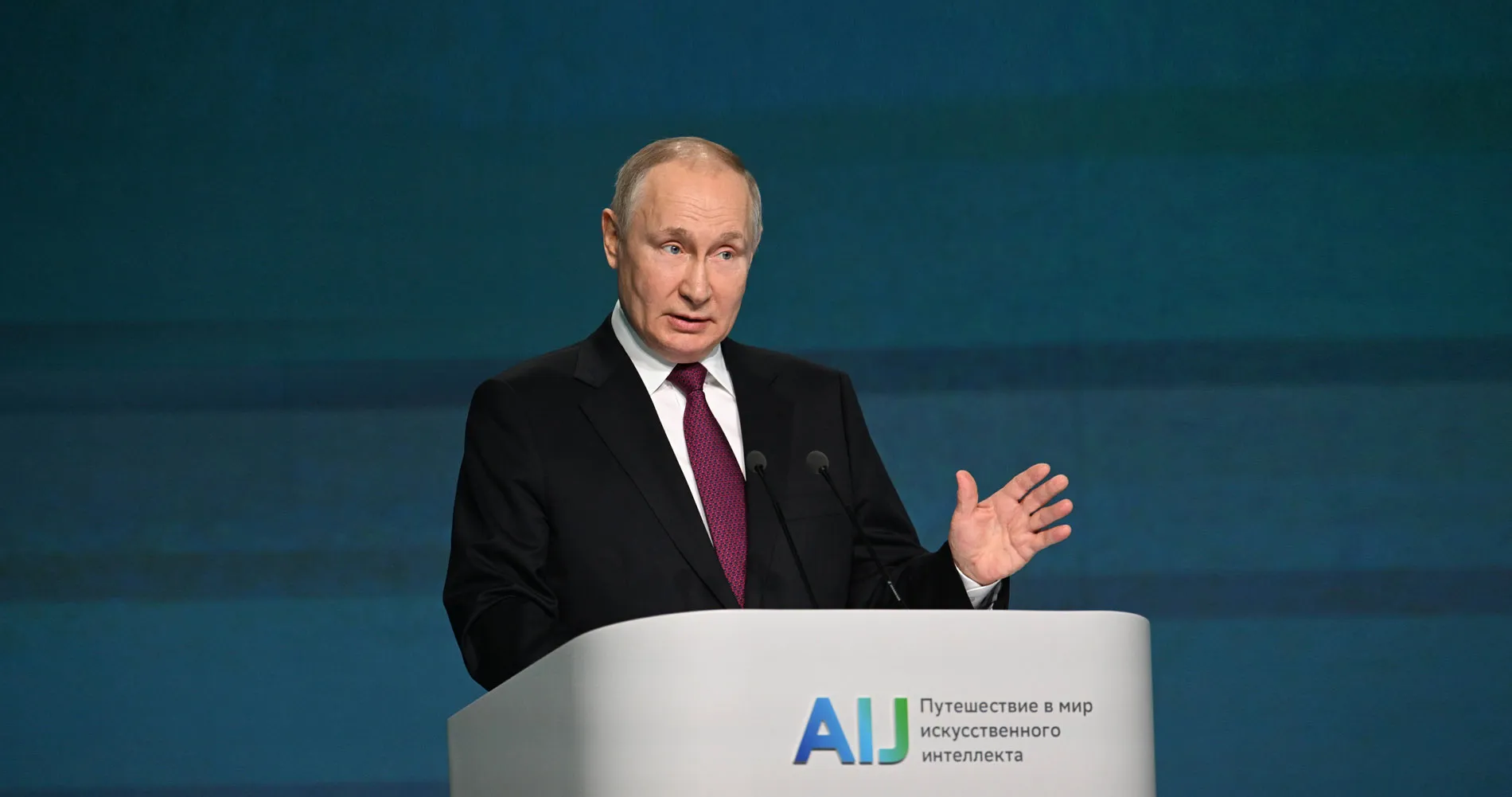BRICS+AI Alliance is changing the rules of the game in the world of artificial intelligence (AI). This initiative brings together leading countries of the Global South to jointly develop an alternative model for AI development and regulation. The Alliance aims at digital sovereignty, ethical technologies and cooperation outside the Western framework. These are the first steps towards creating a new technological force on the global stage.
Murat Gibadyukov
24 April 2025
BRICS Takes the Lead
AI is rapidly changing the rules of the game in every possible area – from economics, healthcare and education, to defense and public policy. Whoever possesses advanced algorithms, language models or predictive analytics systems gains a competitive advantage not only in the market, but also in global politics. In this new reality, states can no longer rely on domestic resources alone. There is an urgent need for countries to join forces, develop common standards and protect their interests – technological, economic and ethical. This is why AI alliances are now popping up all over the world. One of the newest is the BRICS+AI Alliance, initiated by Russia and supported by the key powers of the Global South. It claims not only to be a technological coalition, but also an alternative model of AI development, different from Western approaches.
The idea of creating the BRICS+AI Alliance originated in 2019, when the Russian Direct Investment Fund (RDIF) first proposed to coordinate the BRICS countries’ efforts in the field of artificial intelligence. After several years of diplomatic and expert consultations, this idea finally came to life: on 11 December2024 at the “AI Journey” international conference in Moscow, where the launch BRICS+ AI Alliance was announced. More than 20 tech companies from six countries – Russia, China, India, Brazil, Iran and the United Arab Emirates – joined the Alliance from the very start. This first wave was accompanied by statements of support from dozens of international organizations and companies operating in the areas of high technologies, education, medicine, telecommunications and pharmaceuticals. Notable participants included Sber (Russia’s largest financial and technical company), a number of RDIF portfolio companies, as well as organizations from China and India specializing in AI development. The names of most companies have not been disclosed yet, but it is known that dozens more entities, including universities and research centers, are expected to join the alliance in the near future.
The creation of the BRICS+AI Alliance is a logical continuation of the trend where states outside the Western technological blocs seek sovereignty and joint influence on global technological processes. The main task of this AI Alliance is to coordinate approaches to the development and implementation of AI among the participating countries, to create a common technological and legal platform, as well as joint research programs. It is not just a matter of sharing experience, but also of forming its own architecture of AI development, taking into account national interests, cultural similarities/differences and economic objectives. An important area of activity will be the development of common standards and norms of AI application including ethics, transparency of algorithms and prevention of discriminatory practices.
Commenting on the launch of the Alliance, Russian President Vladimir Putin said that AI algorithms should be “trusted, understandable and unbiased,” and should be developed considering the cultural and national features of each country. He emphasized that the international AI Alliance can give a serious impetus to the development of AI not only in the BRICS+ countries but also in other interested nations. According to him, the launch of BRICS+AI is an attempt to offer the world an alternative to the existing centers of technological power and demonstrate that AI development is possible outside the Western regulatory framework.
Russia is the initiator and the main proponent of the AI Alliance project. RDIF took on a coordinating role, and Moscow became the launch site. On the Russian side, Sber and its subsidiaries, as well as companies working with big data, computer vision and generative AI are actively involved. The strategic focus of the AI Alliance is on scaling its own solutions to the markets of partner countries and creating joint technology chains, taking into account sanctions pressure and restrictions on the supply of chips and other critical components.
Race for global AI regulation
The BRICS+AI Alliance is taking shape against the backdrop of growing global competition in the field of AI. The leaders in AI remain the US and China, whose corporations and government institutions are investing billions of dollars in research and implementation of new models. The European Union is focused on ethical regulation, having adopted in 2024 the “Artificial Intelligence Act” – the world’s first regulatory document defining permissible and prohibited applications of AI. The UK, in turn, has initiated an AI Safety Summit, bringing together representatives of leading powers, including China and the US, in Bletchley Park in November 2023 and proposing to create global regulatory mechanisms.
Against this background, the BRICS+AI Alliance positions itself as an alternative – an alliance of countries that not only want to catch up with the leaders, but also to form their own development trajectory based on cooperation and mutual respect. The peculiarity of the Alliance is that it is built not around a single center, but on the principle of multilateral partnership. Despite the technological inequality among the participants, all are united by the desire for digital sovereignty and protection of the right to their own approaches to AI. Thus, BRICS+AI Alliance may become not only a zone of technological growth, but also a political manifesto of a new world – a world where AI is developed not only for profit, but also in the interests of people, cultures and societies.
The economic potential of the Alliance is impressive. The combined GDP of the member countries exceeds USD 30 trillion, while their population is more than 3 billion. This gives access to vast amounts of data, which is the fuel for AI development. Joint developments could lead to new language models training on non-trivial collection of texts, diagnostic systems adapting to regional realities, and platforms being created for smart cities and the digital economy. In addition, the Alliance countries can create their own data centers, chips, network infrastructure – everything needed for an independent AI ecosystem.
So far, the +AI Alliance is only taking its first steps. The first working meeting of the Alliance will be held in Russia in the first half of 2025. Much will depend on its results: whether the participants will be able to agree on key issues, launch joint projects and, most importantly, turn loud declarations into effective and sustainable institutional mechanisms.
It is already obvious that the BRICS+AI Alliance is a bold vision for a new technological center of power. If it is realized, another global center will appear – not only an economic but also an intellectual and technological center.







